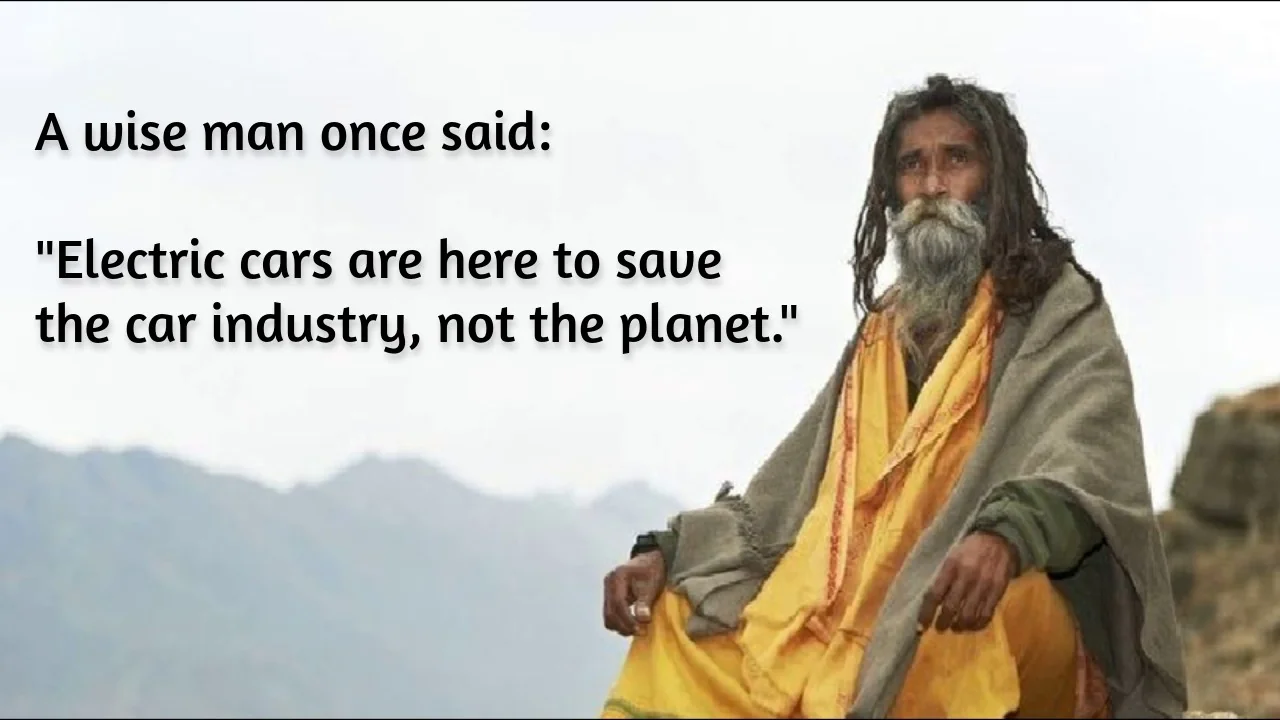view the rest of the comments
Fuck Cars
A place to discuss problems of car centric infrastructure or how it hurts us all. Let's explore the bad world of Cars!
Rules
1. Be Civil
You may not agree on ideas, but please do not be needlessly rude or insulting to other people in this community.
2. No hate speech
Don't discriminate or disparage people on the basis of sex, gender, race, ethnicity, nationality, religion, or sexuality.
3. Don't harass people
Don't follow people you disagree with into multiple threads or into PMs to insult, disparage, or otherwise attack them. And certainly don't doxx any non-public figures.
4. Stay on topic
This community is about cars, their externalities in society, car-dependency, and solutions to these.
5. No reposts
Do not repost content that has already been posted in this community.
Moderator discretion will be used to judge reports with regard to the above rules.
Posting Guidelines
In the absence of a flair system on lemmy yet, let’s try to make it easier to scan through posts by type in here by using tags:
- [meta] for discussions/suggestions about this community itself
- [article] for news articles
- [blog] for any blog-style content
- [video] for video resources
- [academic] for academic studies and sources
- [discussion] for text post questions, rants, and/or discussions
- [meme] for memes
- [image] for any non-meme images
- [misc] for anything that doesn’t fall cleanly into any of the other categories

And they have cars in those places.
Before cars were invented we had horses.
you can be generally certain that i'm aware of that
...and trains.
https://en.wikipedia.org/wiki/African_Union_of_Railways
ya they really connected every place in africa.
OK, I'll grant you that this argument was not super well formed on my part. I can say with confidence that trains built the United States, including the places in the southwest that I alluded to, and HSR currently connects Spain to an alarming degree. China and India also have considerable rail networks, though China's is to my knowledge more modern and in more active development. That being said, the main point I was making is that dense, walkable development was the only option in these places prior to the car, because how else were you going to get around your local area? And people clearly hauled stuff in those days and in those climes. Clearly doing so without a car is possible, if the development patterns allow for it. Those places currently lack those development patterns, and thus that is not an option in those places at this time, but that's a result of policy decisions made by leaders in those areas (and the auto industry).
Now, to provide an actual counterexample:
https://en.wikipedia.org/wiki/Rail_transport_in_Switzerland
Now, you might protest when I bring up Switzerland that Switzerland is small. And in terms of geographic area, you're not wrong. But Switzerland is also ferociously mountainous, and much of their rail network had to be tunneled under the Swiss Alps. Connecting LA to San Francisco via the Central Valley with HSR, like CAHSR is doing, is considerably easier than connecting two much closer cities in Switzerland with regular-speed trains was prior. The same goes for:
https://en.wikipedia.org/wiki/Shinkansen
as well as the broader system of
https://en.wikipedia.org/wiki/Rail_transport_in_Japan
and, as I alluded to,
https://en.wikipedia.org/wiki/Rail_transport_in_Spain
is applying the same principles in the birthplace of taking a nap in the afternoon because it's too hot to exist. Yes, I can link Wikipedia articles too.
Oh, and also https://en.wikipedia.org/wiki/Urban_heat_island exists in deserts too. It's not that it's an "island of heat" surrounded by pleasant temperatures, it's that whatever temperature is around it, the paved/urbanized area is hotter. And this is exacerbated by current suburban development patterns, again, even in deserts.